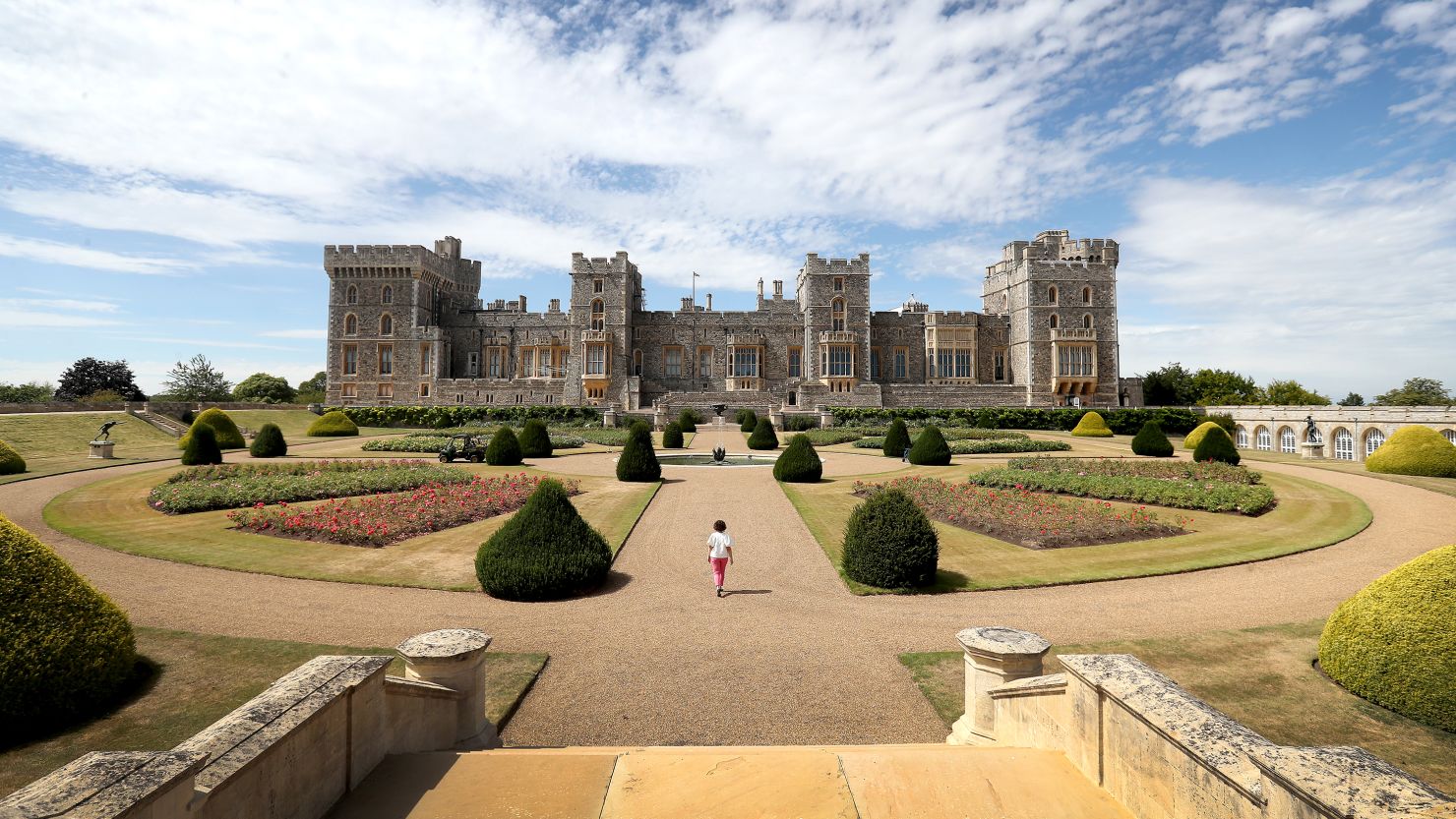A version of this story appeared in the July 7 edition of CNN’s Royal News, a weekly dispatch bringing you the inside track on Britain’s royal family. Sign up here.
Wimbledon is on, the sun is shining and the Pimm’s is chilling in the fridge – summer has well and truly arrived. For those planning an escape to Europe and who want to add a sense of history, there are a fair few regal attractions beyond London that you might like to include in your itinerary.
Research in 2011 by Visit Britain found that around 60% of tourists to the UK are likely to visit places associated with the royal family, according to Ross Bennett-Cook, a visiting lecturer at the School of Architecture and Cities at London’s University of Westminster. While there is no more recent data on royal sites specifically, in 2022 Visit Britain found that history and heritage were the biggest pull factors for tourists.
For those looking to follow in the footsteps of the Windsors in London and check out the English capital’s many palaces, museums and galleries, we’ve got you covered here. But if you’re hoping to go a bit further afield and immerse yourself in the 1,000-year history of the monarchy, here are a few suggestions to get you going:
Windsor Castle: Okay, so this first one is a little obvious given how many royal events have taken place here in recent years but just in case… The oldest and largest inhabited castle in the world, Windsor Castle was an official residence of the late Queen Elizabeth II and passed to King Charles III after her death. The structure itself dates back to around 1070, when William the Conqueror chose the land and construction began.
It has seen many changes since that time, with various royals making adjustments over the years – Edward III made costly renovations in the 14th century and extensive restorations were undertaken following a devastating fire in 1992. When you travel here, you should plan on spending two to three hours within the castle grounds, making your way between the various sections open to the public. St. George’s Chapel is the obvious draw as the location of Prince Harry and Meghan’s wedding as well as the final resting place of the late Queen and her husband, Prince Philip. But make sure to leave plenty of time for the State Apartments and the Changing of the Guard.
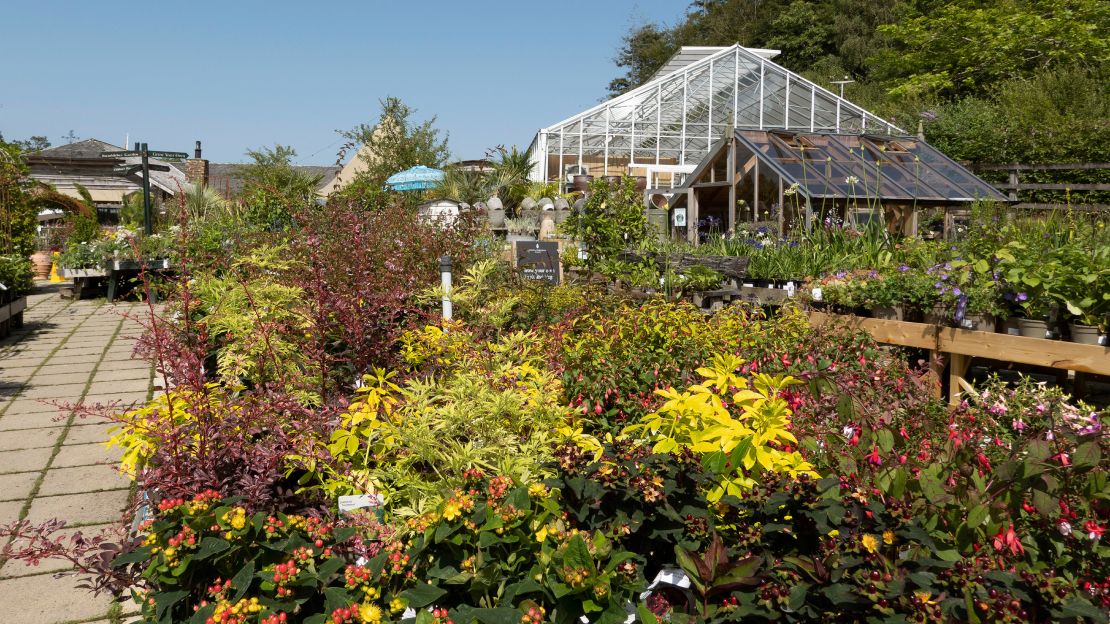
Cornwall: Dear to local and international tourists alike, Cornwall, on the southwestern tip of the UK pointing out into the Atlantic Ocean, is also a special destination for the royal family. The Duchy of Cornwall is a private estate which belongs to the Duke of Cornwall, traditionally the eldest surviving son of the British monarch and therefore heir to the throne. This is currently Prince William. Revenue from the estate, which was created in 1337, is used to fund the activities of the duke and his children.
Although the actual estate extends beyond Cornwall and into various counties in mostly southwest England, its noteworthy Cornish spots include the Duchy of Cornwall Nursery in Lostwithiel. There are holiday cottages that the public can rent on the estate in Cornwall and the Isles of Scilly, located about 30 miles off the Cornish coast. And, of course, besides its royal ties, the region itself is home to impressive castles, a stunning coastline, intriguing museums, windswept moors and idyllic historic towns.
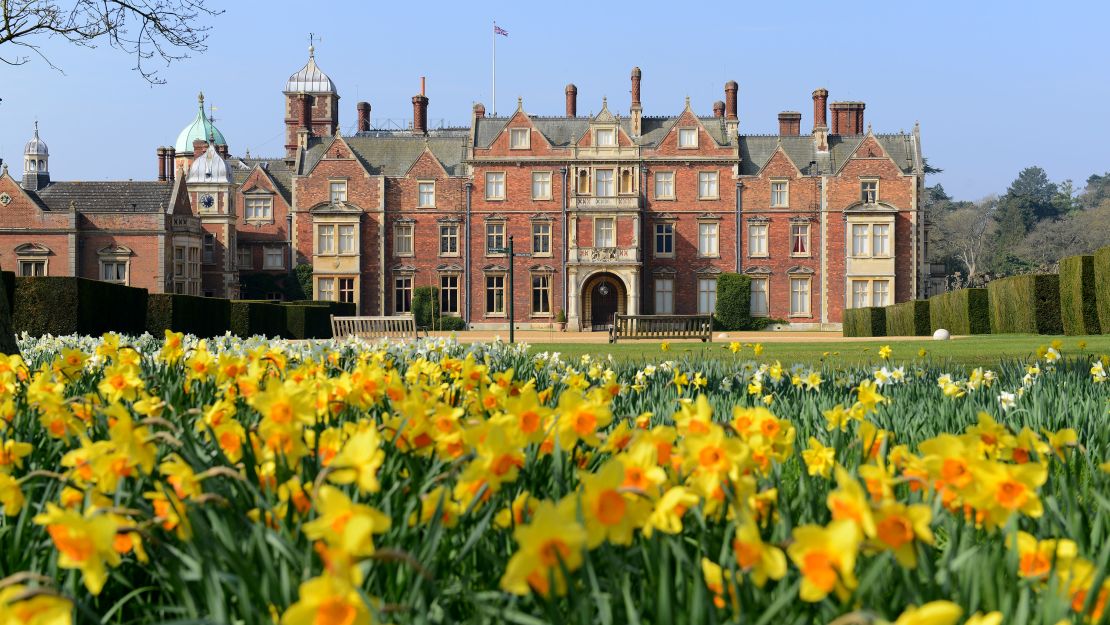
Sandringham: Next up is Sandringham, a country estate in rural Norfolk, about 100 miles north of London. The late Queen inherited the property from her father, King George VI, and would famously host Christmas there. Visitors can cycle or take a wander in the Royal Parkland surrounding the house and gardens, and from April to October they can visit the grand property itself.
Eight of the Edwardian ground-floor rooms in Sandringham House are open to the public, as are its 60-acre gardens and the parish church of St. Mary Magdalene, where royals have attended religious services since the reign of Queen Victoria.
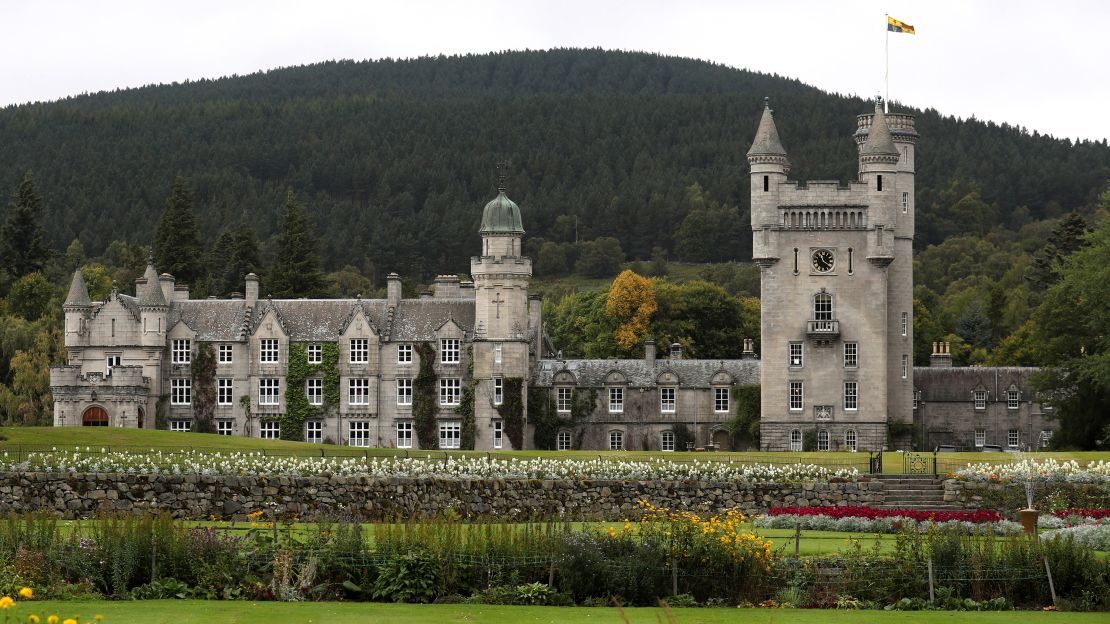
Balmoral: The estate in Scotland has been the Scottish home of the royal family since 1852, when it was purchased for Queen Victoria by Prince Albert. The grounds, gardens and historical exhibitions are open to the public daily through August 16, while avid hikers can explore the beautiful Cairns Walk and Albert’s Pyramid Walk.
As well as visiting during public opening hours, visitors can enjoy a lesser known indulgence, and settle down in one of five cottages on the estate, where, after daytrippers to the castle go home, they can see a more tranquil side to the grounds and wander past waterfalls and through the ancient Caledonian forests.
While up in Scotland, make sure to stop off in Edinburgh to swing by the Palace of Holyroodhouse, which the monarch uses as their official residence in Scotland and was where Mary Queen of Scots lived before her execution in 1567. It’s also worth noting that Edinburgh Castle – one of the oldest fortified places in Europe and the home of the Honours of Scotland, the Scottish crown jewels – is a short walk away.
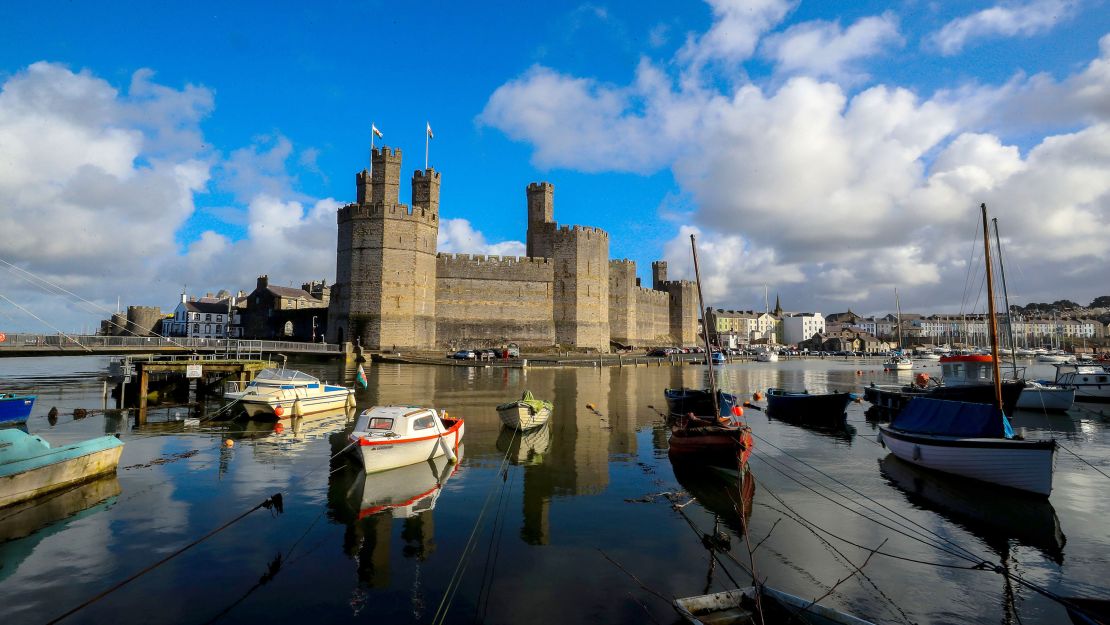
Caernarfon: Before King Charles was, well, King, he was of course the Prince of Wales. And for this title, he was formally invested at a ceremony in 1969 at Caernarfon Castle, a grand fortress-palace on the banks of the River Seiont, which dates back to the Middle Ages.
Caernarfon is arguably the most spectacular castle in Wales. Work began on the current stone wall structure in 1283 and wasn’t completed until 1330, although Roman fortifications were built here as far back as 77 CE. Built by King Edward I, its immense and imposing towers sit on the River Seoint and the Menai Strait, overlooking the island of Anglesey. The first modern Prince of Wales, who would later become Edward II, was born here in 1284.
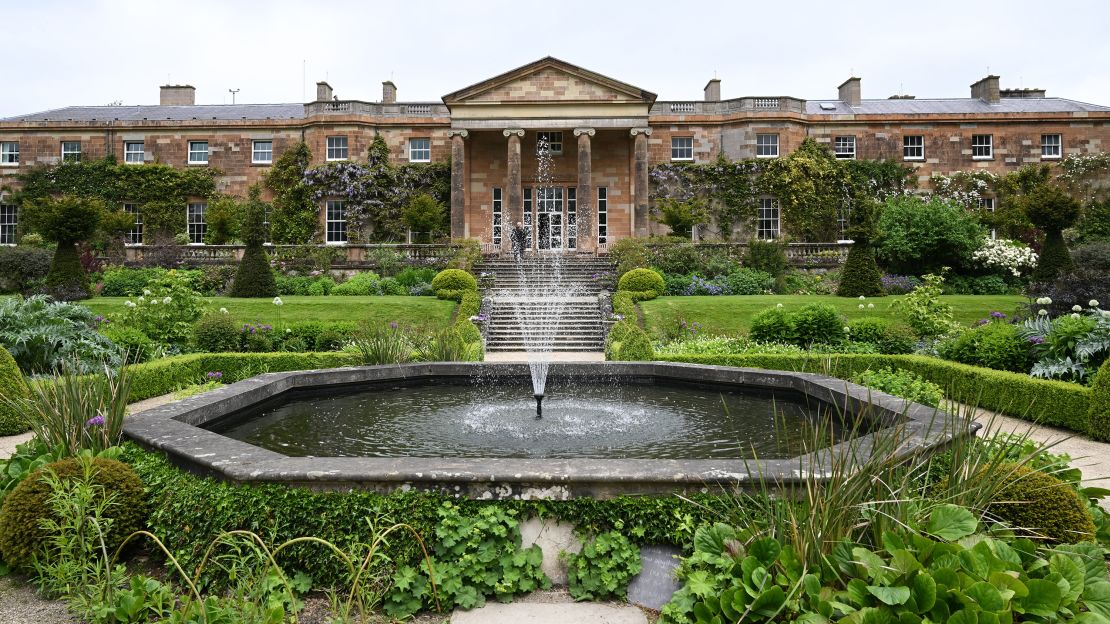
Hillsborough Castle: Northern Ireland’s royal residence, Hillsborough Castle, is home to 100 acres of ornamental lawns, woodlands and glens that wouldn’t go amiss on a postcard. Home to the secretary of state for Northern Ireland, the building is actually a late-18th century Irish Big House rather than a castle, according to Historic Royal Palaces. The site is home to works by several contemporary Irish artists, including in the house’s Red Room and gardens.
Honorable mentions:
? For a quick trip from London, it’s well worth hopping on a train to Brighton to visit the regency-era Royal Pavilion, which was once the holiday home of King George IV and remains one of the city’s most eye-catching landmarks.
? Head to the Isle of Wight to explore Queen Victoria’s beloved vacation destination of Osborne House. She once said it was “impossible to imagine a prettier spot” and it was where she and husband Albert relaxed privately with their nine children. It boasts incredibly extravagant state rooms, but you also get a sense of how the royals lived in their family rooms. There’s also a private beach and quirky Swiss cottage that shouldn’t be missed.
